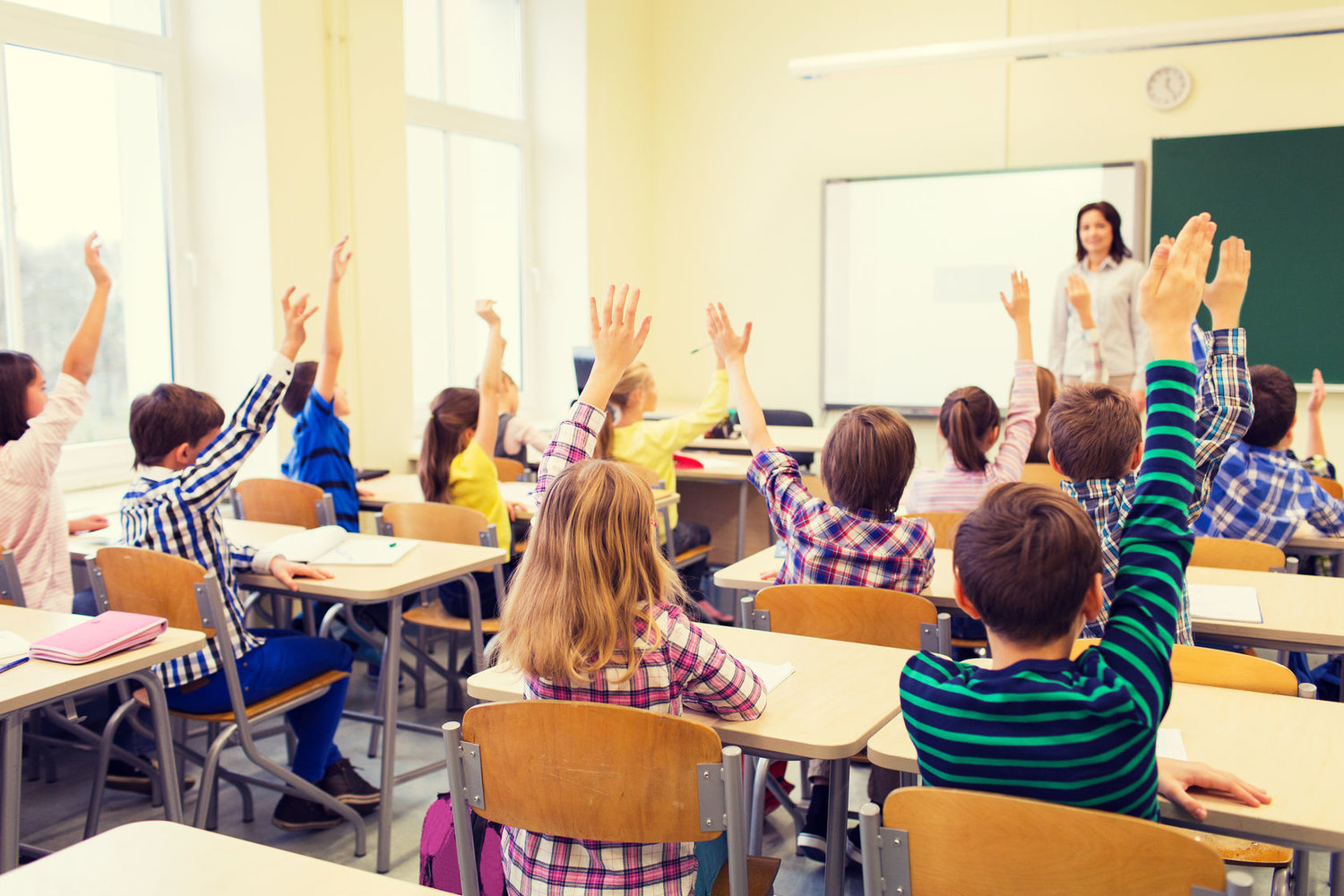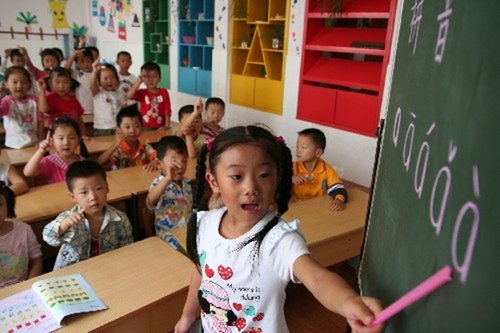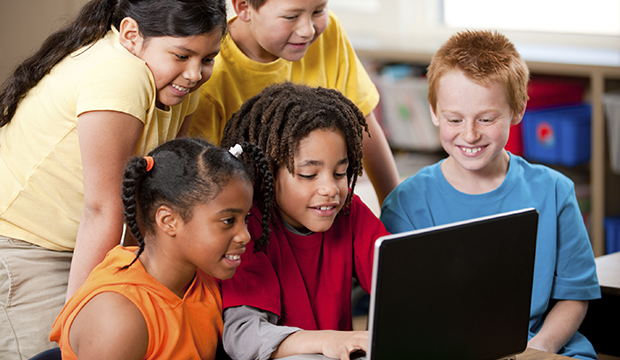There is more than one way to design a STEM classroom. From storage to seating, every stem classroom is different. With that said, there are several mistakes an educator can make when managing their STEM classroom that can make STEM activities less effective and fun. To create an engaging and positive collaboration environment, here are 10 mistakes to avoid in your STEM classroom.


Though it may seem counter intuitive, STEM is all about embracing failure. With project based learning, we want students to test their ideas without fear of failure or judgement. When students are free to fail they learn by doing and finding one possible solution to a problem. Students are less creative when they worry about finding the one right answer to a problem. What’s great about failure is that it sparks new ideas for adjustment that will produce a better overall solution. Cultivate a comfortable work environment that encourages the testing of ideas and treats failure as a common part of the creative process.

Don’t get me wrong, organization is a necessary component of an effective STEM classroom, but being too organized can limit student’s creativity. Students need the freedom to make messes. Don’t be afraid of a mess, it’s a part of what makes STEM fun. With STEM activities, students should focus on working with their hands and building out their ideas and not about the mess they’re making. Just leave plenty of time at the end of each session for students to take responsibility for their messes and to clean them.

Having too many instructions and guidelines overwhelms students, making them focus more on meeting all the requirements and less on being creative. This common mistake goes hand-in-hand with being too organized. You want to give your students the problem and the restraints in as simple a manner as possible. This allows them to fill all the “empty space” with their ideas.

One common mistake in STEM classrooms, is not having a project storage space. STEM activities can take multiple sessions to complete, therefore students need a safe place to store their projects until the next work time. Without a storage space a STEM classroom can quickly become cluttered and projects are more prone to accidents.

Don’t be concerned if your STEM classroom is dead silent or full of chatter. Silence is okay; it indicates that the kids are thinking about the problem and potential solutions. Don’t worry, they’ll resume talking once they have ideas they want to share. It’s also okay for the classroom to be noisy and even a bit chaotic. I’m not saying it should be a loud free-for-all, but STEM activities are exciting and fun so don’t be surprised if your students become a little loud while working with their teams.
To manage the noise, have a clear signal for when the students need to pay attention and listen. Common attention signals include a unique clapping pattern or a special phrase.

Odds are students are going to ask you questions during STEM activities that you won’t know the answers to. It’s perfectly alright. STEM is all about collaboration and learning together. When you don’t know the answer simply use the phrase, “Let’s figure it out together!”. With this approach you are teaching your students group problem-solving and that it is alright to not have all the answers. This method is also more congruent with the educator’s role in STEM activities as the guiding force instead of the leader.

Another great option when you don’t know the answer is to tap into one of your best available resources, your students. You may not have all the answers, especially when it comes to technology problems. Another option for problem solving is asking the question to the whole class. With this approach you may find one or a few students who know the answer and can teach their fellow classmates. Giving students the ability to teach others is important in a STEM classroom because it raises self confidence.

Another aspect of creativity in a STEM classroom are the students’ work spaces. I recommend tossing the classic seating chart out the window when it’s time for STEM activities. Students need the freedom to create the work space that works best for their team. That may include sitting at desks, standing around a whiteboard, building on the floor, or even a mix of all three. Students learn best in different ways; that includes their work environment.

Where it’s important to have all students engaged with the projects, it’s not practical to require all students to take on all roles. With STEM activities it’s best to allow teams to develop their own role system and task delegation. Students will naturally play to their strengths. The essence of team collaboration is for all members to contribute their strengths to the team to produce a well rounded solution. This hands off approach increases student involvement and boosts students’ confidence in their abilities.

You take the time to plan an awesome STEM activity. You organize the supplies, you rearrange the classroom, you’ve gotten everything ready, but you forgot to do the project yourself ahead of time. To make a STEM activity a success, the educator needs to execute the project ahead of time. This has several benefits. First it gives you key insight into the common problems that your students will run into.
Maybe the directions or confusing or maybe the students will need more supplies than you originally planned. Knowing this issues ahead of time will let you better prepare. Secondly, it gives you a better idea of the time needed to finish tasks in the project. You do not want to find yourself in a situation where the activity requires three days when you only planned for one. And finally, doing the project ahead of time allows you to be a better project guide, having more knowledge to answer questions and facilitate discussion among students.

Just like how there is always more than one solution to a problem, there is more than one way to design a STEM classroom. Despite STEM classroom design flexibility, there are a few errors that can hinder the success of STEM learning. By avoiding these 10 mistakes in your STEM classroom you can create a positive environment that encourages collaboration, innovation, and creativity.
Want to discover the right tools for an effective STEM classroom?
Check our products and boost your students' STEM skills in a fun and engaging way with robots! just a click away!

This article is original from STEM Revolution: https://stemrevolution.org/blog/10-mistakes-to-avoid-in-your-stem-classroom


